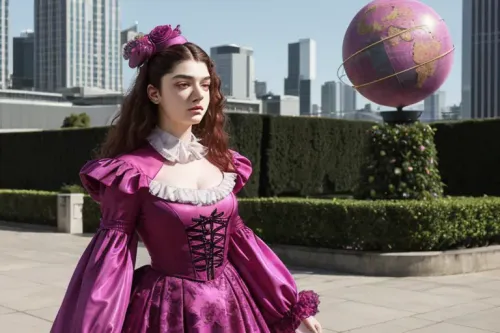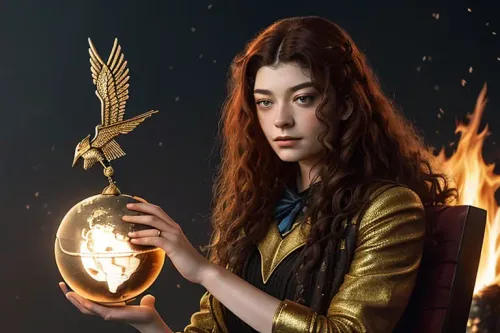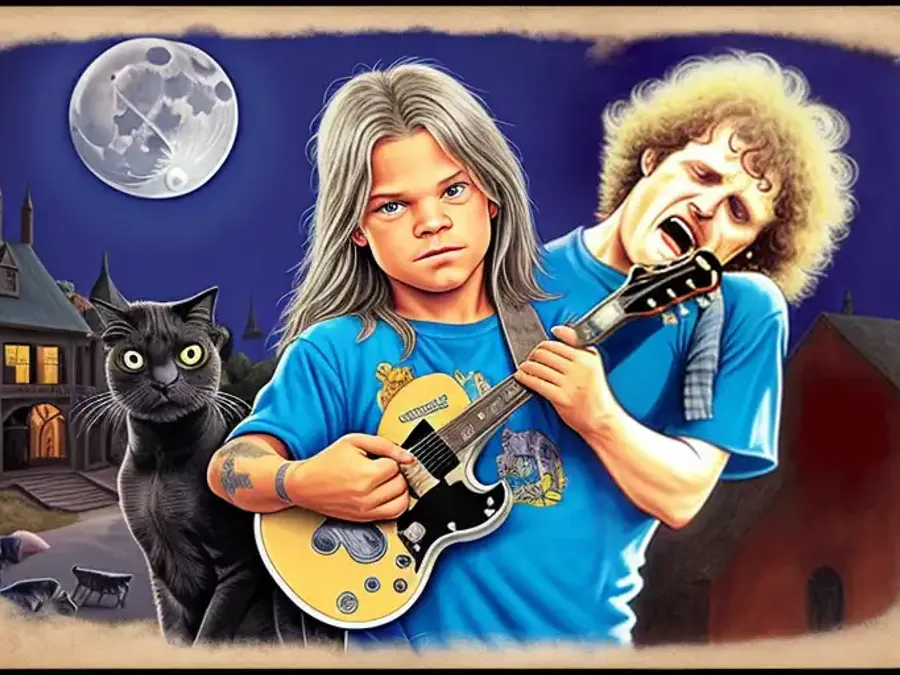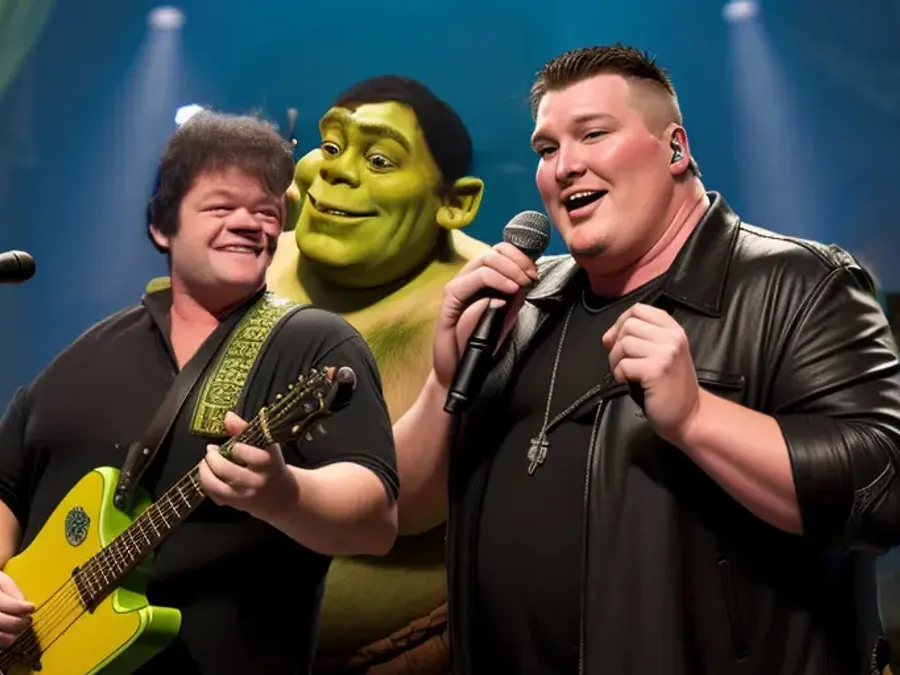Everybody Wants to Rule the World

Everybody Wants to Rule the World - the Tears For Fears original
When I was a kid in the 1980’s, I’d often hear that we were living in The Cold War Era. I never really understood what that meant.
I knew that it had something to do with Russia, and something to do with the United States, and the threat of nuclear war, I guess? Adults might talk about a constant sense of fear experienced. As far as I could tell, that fear never touched me.
There’s an old chestnut about a fish who doesn’t know what water is, simply because water is so ubiquitous in its world. Looking back, I was definitely that fish, swimming in the ubiquitous water of The Cold War Era.
You know what was equally ubiquitous on 1980s radio stations? Tears for Fears. And in particular, their song Everybody Wants To Rule The World. It was and remains a perfect Cold War statement.

The song begins with a bouncy shuffle beat and repeating a two-chord pattern: B-flat major over an E-flat bass note, and then A-flat major over that same E-flat bass note, giving us a major-7th sound without ever really being tied to the root note.
I know that’s a little technical if you don’t speak music. Here’s a translation: There is a steady foundation (the bass note stays the same), while the chords alternate back and forth, keeping the listener off-balance. Instability superimposed onto stability.
During The Cold War, I never really felt like there was a threat of nuclear war. But there was the threat of a threat. We weren’t all living state of active fear, but there was always a low rumble that something scary could be around the corner, just beyond view.
Instability superimposed onto stability. Welcome to your life.
“Welcome to your life,” sings Curt Smith, “There’s no turning back.”
I used to wonder who the narrator of this song is. Is it God, speaking to a newborn baby? It sure sounds like it could be. “Even while you sleep, we will find you acting on your best behavior.” God is always watching. You can’t escape his omnipresent eye. Seen from this perspective, the song is a warning: Watch out, don’t step out of line; don’t be one of the people who want to rule the world.
But what, then, are we to do with lyrics like “Help me to decide?” and the singer saying he’ll be “right behind you” when the walls come tumbling down?
I don’t think I could see it as a kid, but as an adult, I’m almost certain the song’s narrator is a parent. They’re know that they have made a mess of the world, and they’re feeling the guilt of bringing a new life into such a dire situation. “It’s my own design. It’s my own remorse.”
This song isn’t a warning. It’s a plea. You’re an innocent, the singer implies, and you can see with clearer eyes than I can. Tell me how we can overcome humans’ ambition for power, which is just about to destroy our planet. Our generation didn’t do a very good job. Can you clean up our mess? We’re sorry, help us!
Lorde covers Everybody Wants to Rule the World
In 2001 an indie film called Donnie Darko was released to a small number of theaters. Arguably, Donnie Darko’s most lasting presence was Gary Jules’s cover of Mad World, a 1983 Tears For Fears song. The original song features a driving New Wave arrangement, contrasting the lyrics’ tone of lament. The Gary Jules version showcases a ghostly piano, and brings the music and lyrics into much closer alignment.
People loved it.
A year later, in 2002, Johnny Cash released his now-iconic version of Trent Reznor’s Hurt.
Covering upbeat songs by slowing them down isn’t anything new. But ever since the early 2000’s, there seems to be a cottage industry of choosing a song from the 1970’s or 1980’s, and applying the “What if [song] but sad?” filter to it. Sometimes, this method can add new context in wonderful and innovative ways.
Lorde’s Everybody Wants to Rule The World is not one of those times.

Here’s the thing: This is tv and movie trailer music. You can hear it in the first verse, which punctuated by clap-booms that demand the quick vision of a dystopia before fading to black. CLAP-BOOM. A monstrous threat looms in the distance. CLAP-BOOM. A team of underdogs face the danger as a fireball rampages towards them. Cut to black.
This music isn’t anything we haven’t already heard in media trailers again and again. Stranger Things. The Last Of Us. Whatever grimdark television reboot Netflix recommends we watch next.
I wasn’t surprised to learn that Lorde’s Everybody was produced for The Hunger Games: Catching Fire. It’s a perfect fit, and I can’t fault it for being functionally successful. But I have a hard time hearing it as a song, much less a cover song. It’s more like a collage made from pieces of the original.
Comparing Tears for Fears and Lorde
Tears For Fears have always sounded like their music comes from a place of humanity, passion, and authenticity. Their songs will tell you something about who they are.
I confess that I’m not to familiar with Lorde outside of her mega-hit, Royals, but just hearing that song tells me that Lorde also writes from a personal place. I wouldn’t doubt that the rest of her catalogue helps paint an authentic portrait of Lorde.
In her version of Everybody, however, I don’t hear Lorde at all. I hear a media executive on their cell phone: “Hey, we need someone to cover an 80’s song in a haunting way. Who’ve we got? Lorde? Great! See if she’s available.”
Tears for Fears created an anthem; a doom-and-despair song, dressed up like a sunny day in the park.
Lorde sounds like she provided her voice in order to fulfill a contractual assignment.
Conclusion
Speaking of assignments, I have one for you. Indulge me?
Think of a cover song and its original version. And consider which version is the better of the two.
Now, I ask you this: which version did you hear first?
I have a sneaking suspicion that most people will lean favorably towards the version of the song they first encountered, regardless of whether it was previously released.
I can’t imagine anyone enjoying Lorde’s version of Everybody over Tears For Fears. But then, I heard Tears For Fears first.
I can’t imagine anyone choosing Otis Redding’s Respect over Aretha’s, or The Arrows’s I Love Rock ‘n’ Roll over Joan Jett’s. But then, I didn’t hear either of those songs originals until long after the covers had sunk into my ears.
Of course, there are always exceptions to the rule. I grew up loving Natalie Imbruglia’s Torn, but once I heard Ednaswap’s original, it instantly became my go-to choice.
I could equivocate about cover songs and our relationship to them all day. But I honestly think I’m just stalling. I don’t have many nice things to say about Lorde’s cover of Tears For Fears, and I don’t want to come across as a grump about it. It simply feels like comparing the two of them is like comparing a test tube to a surf board. Their intentions aren’t aimed at the same target, and I can’t twist myself in enough contortions to pretend that they are.
There’s no comparison.
Rejected art
Please enjoy these rejected cover images for this article.






